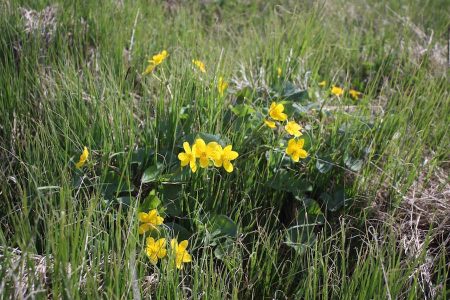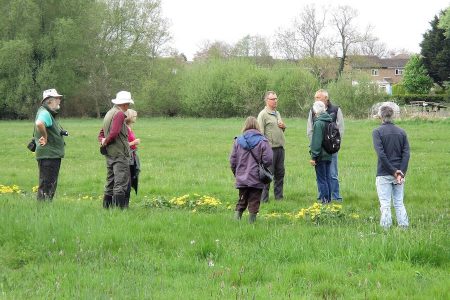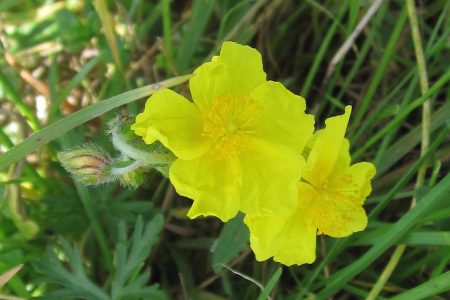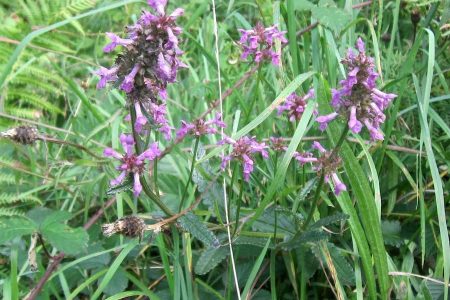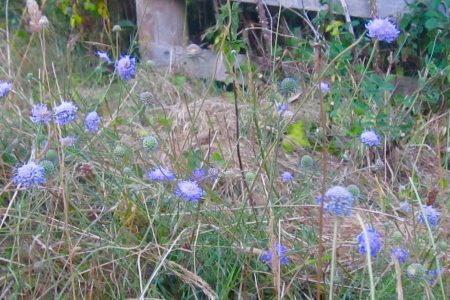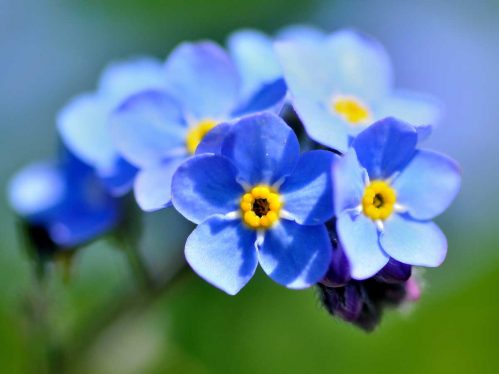
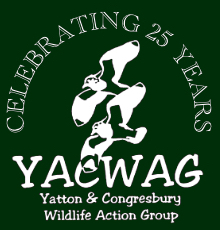
Wildlife
Flowers & Plants
______
Plants are all around us quietly producing oxygen and removing carbon dioxide from the air. YACWAG’s reserves are mainly good places for plants including ferns, mosses, grasses and woody shrubs as well as native wild flowers. In most of our fields there are between 15 and 20 grass species.
Wetland
In the wetland areas some of the specialists are aquatic or semi-aquatic plants which used to be common in the marshes around Yatton and Congresbury – for example on Stowey Reserve we have Marsh Marigolds, Yellow Loosestrife and Ragged Robin which up until sixty years ago would have been all over the local pastures. When we bought the field in 2006 there were 13 Marsh Marigold plants. More have been propagated from seed collected from those plants and there are now around 100 growing in the field drains.
Limestone grassland
Limestone grassland is a Priority Biodiversity Action Plan habitat dwindling because of changes in farming practices. Lime loving plants on the Cadbury Hill grasslands include Rock rose, Creeping thyme, Betony and Lady’s bedstraw. One grassy slope used to have a display of hundreds of common spotted orchids but these have dwindled away over the past decade. It is hoped to see these return with increased management of the bracken that has overwhelmed them. The lower part of the slope does, however, support a good range of wild flowers including cowslips, red campion, self-heal, bugle, betony and knapweed.
Woodland
Within the parish of Congresbury are extensive woodlands and some small fragments of woodland remain on Cadbury Hill. In woodland most of the wild plants flower in the spring before the trees get their leaves to block out the light. These woodland wild flowers include Violets, Primroses, Wood anemones, Bluebells, Dogs Mercury and Ramsons, with the occasional patch of Sweet Woodruff, Wood Spurge, Spurge Laurel and Wood Sorrel. Where some scrub has been cleared Early Purple Orchids have re-appeared.
Our Littlewood Reserve is an outgrown alder plantation which has plants that remind us of the native vegetation of the peat moor: Broom, Gorse, Guelder Rose, Alder Buckthorn, and plants of damper ground like Water Chickweed. The wood is drying out with the better drainage of Kenn Moor and the flora is changing.
Further information
YACWAG has a rudimentary species list of some of the commoner wild flowers on our reserves and other areas but we are always interested to hear about what has been discovered locally.
From time to time we may have walks to view and identify local wild flowers. Please see our calendar, or if you have a special interest and would like to help with carrying out surveys, please get in touch.
For further information about plants and wild flowers here are some useful websites:
Plantlife is a campaigning organisation working to protect wild plants.
Flora Locale promotes the restoration of wild plants and habitats for biodiversity, landscapes and people. They run training courses in wild flowers and their management.
The Botanical Society of Britain and Ireland (BSBI) publish many guides to identifying plants. They also have a scheme for recording a plant found and a website helping with plant identification.
© Copyright YACWAG, or original authors. All rights reserved. | Registered charity 1076362 | Privacy policy | Cookie policy | Terms & Conditions |Web design: StanfordGraphics
